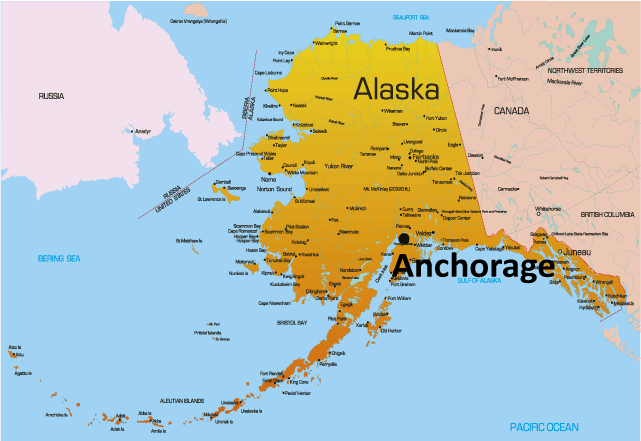

Because of this, less than 10% of the Municipality (or Muni) is populated, with the highest concentration of people in the 100 square-mile area that makes up the city proper, on a promontory at the headwaters of the inlet, commonly called Anchorage, the City of Anchorage, or the Anchorage Bowl. The municipal city limits span 1,961.1 sq mi (5,079.2 km 2), encompassing the urban core, a joint military base, several outlying communities, and almost all of Chugach State Park. In September 1975, the City of Anchorage merged with the Greater Anchorage Area Borough, creating the Municipality of Anchorage.

First settled as a tent city near the mouth of Ship Creek in 1915 when construction on the Alaska Railroad began, Anchorage was incorporated as a city in November 1920. Īnchorage is in Southcentral Alaska, at the terminus of the Cook Inlet, on a peninsula formed by the Knik Arm to the north and the Turnagain Arm to the south. At 1,706 sq mi (4,420 km 2) of land area, the city is the fourth-largest by area in the United States and larger than the smallest state, Rhode Island, which has 1,212 sq mi (3,140 km 2). The Anchorage metropolitan area, which includes Anchorage and the neighboring Matanuska-Susitna Borough, had a population of 398,328 in 2020, accounting for more than half the state's population.

With a population of 291,247 at the 2020 census, it contains nearly 40% of the state's population. The Municipality of Anchorage ( Tanaina: Dgheyay Kaq' Dgheyaytnu) is the largest city in the U.S.


 0 kommentar(er)
0 kommentar(er)
